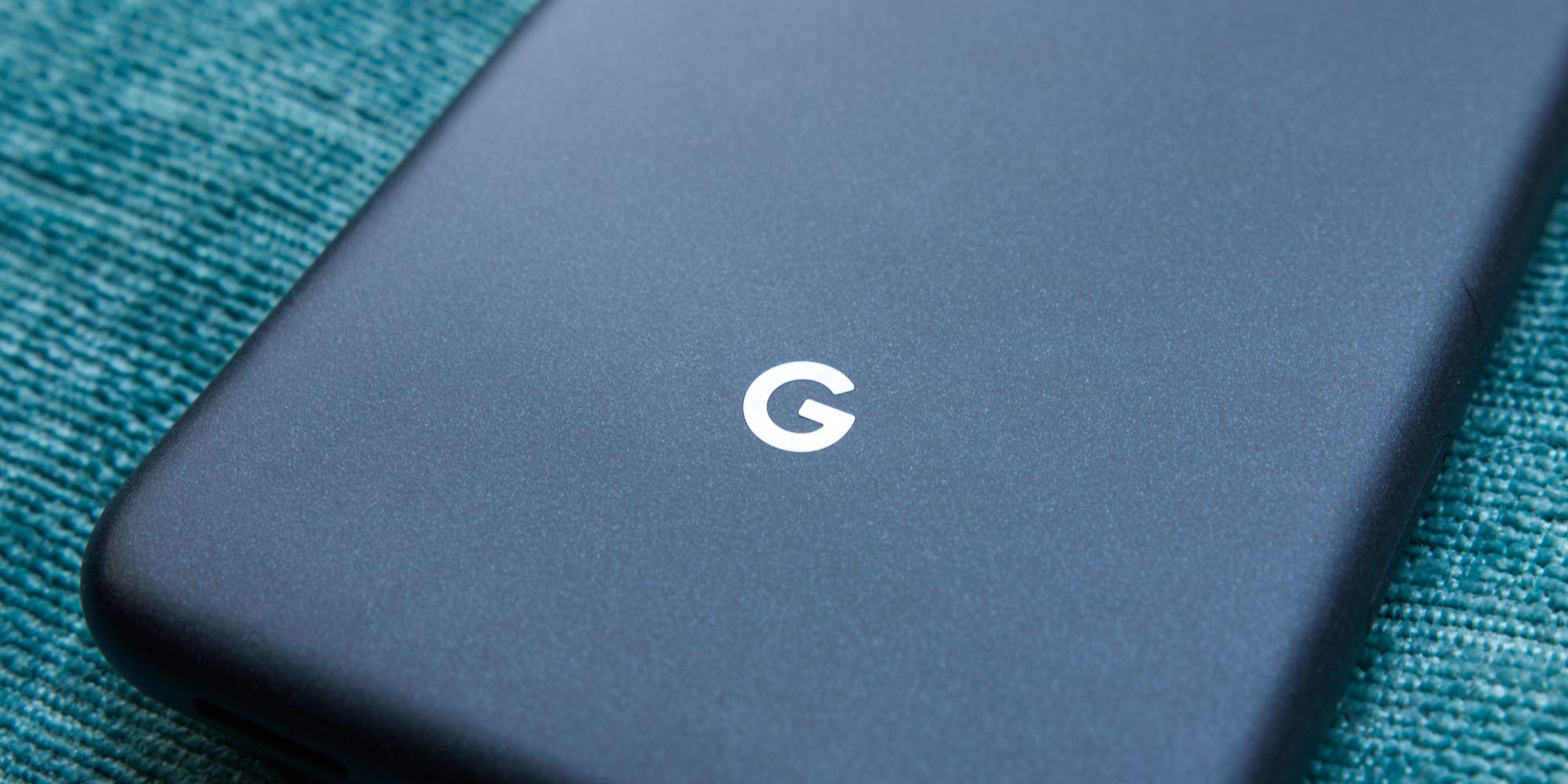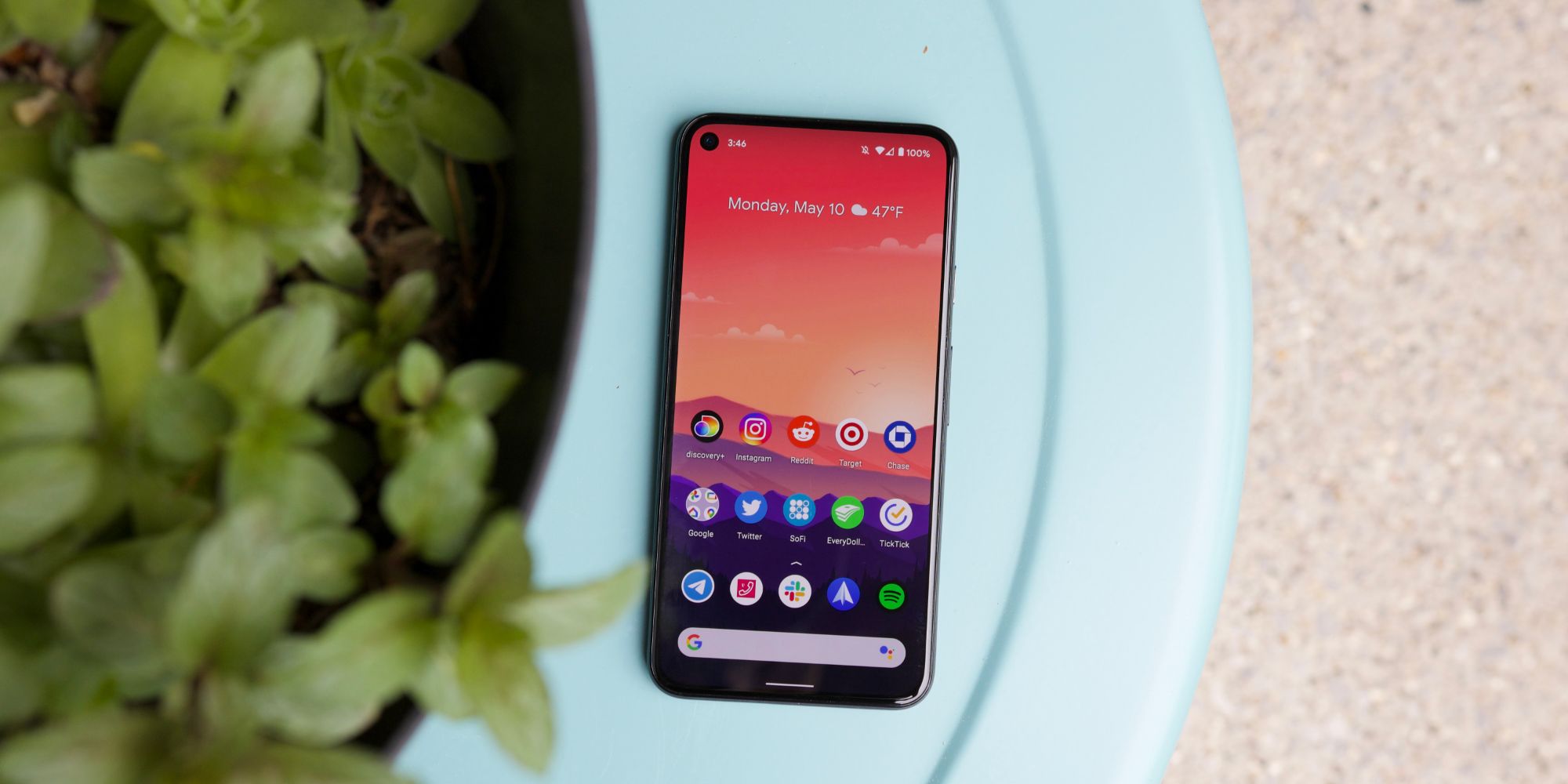New details of the Pixel 6's Whitechapel processor have emerged, indicating that the first piece of Google silicon should be more than powerful enough for the vast majority of users. There's been some concern that Google won't be able to compete with the likes of Qualcomm and Apple for its first in-house CPU, but thanks to this latest information, it sounds like the company is on the right track to delivering something pretty special.
According to the latest round of leaks, the Pixel 6 and Pixel 6 Pro stand to be some of 2021's most exciting smartphones. Google is likely using a brand new design for both devices, upgraded camera hardware, 120Hz refresh rate displays, and will ship both phones running Android 12 — which looks to be one of the best Android updates in quite a long time. At the heart of all that, however, will be the GS101 Whitechapel chipset. Similar to how Apple designs its own chips for the iPhone, 2021 is the year Google ditches Qualcomm and follows in those same steps.
Specifics on GS101 Whitechapel have been few and far between since rumors started circulating in early April. Thankfully, that's begun to change. Data engineer and product leaker Yogesh recently took to Twitter to shed some light on what users can expect from the Whitechapel Google silicon. He says it'll be a 5nm chip with performance similar to the Snapdragon 870 — the same chip found in phones like the OnePlus 9R, Black Shark 4 gaming phone, and Xiaomi Mi 11X. Yogesh says Google is "not trying to match SD888 [Snapdragon 888]" performance with its new chip, instead focusing on machine learning technology "so the raw AI performance is matched to that of other leading mobile chips."
How Pixel 6 With Google Silicon Will Compare To iPhone 13
Perhaps the biggest question surrounding the Pixel 6's performance is how it'll compare to the rumored A15 chip for the iPhone 13. While both Whitechapel and A15 are rumored to be fabricated on the 5nm design, the A15 will likely take the lead when it comes to raw CPU horsepower. Last year's A14 in the iPhone 12 already outperforms the Snapdragon 888, and seeing as how Whitechapel isn't expected to match the 888's performance, there's no doubt that the A15 will take the win here. The Pixel 6 should match the iPhone 13's graphics more closely thanks to its rumored Mali G78 GPU, but once again, this is an area that Apple typically dominates in.
Looking beyond numbers and thinking about how this will translate to day-to-day use, that's where the Pixel 6 and its Google silicon get really exciting. Pixel phones are traditionally among the smoothest and most responsive Android phones available. This is even true for last year's Pixel 5, which was powered by a mid-range Snapdragon 765 chip. Google's optimizations with Android continue to best those from any other company, and considering the Pixel 6 is rumored to combine that with a capable CPU, GPU, and powerful machine learning, there's no doubt it'll be a snappy device.
In other words, Whitechapel is shaping up to be a big win for Google. A solid first-gen chip would cement Google's decision to move away from Qualcomm and give the Pixel series a truly unique leg to stand on. So long as Google follows through with its execution and delivers on the latest rumors, Whitechapel should prove to be a huge turning point for the Pixel as we know it.
Source: Yogesh


